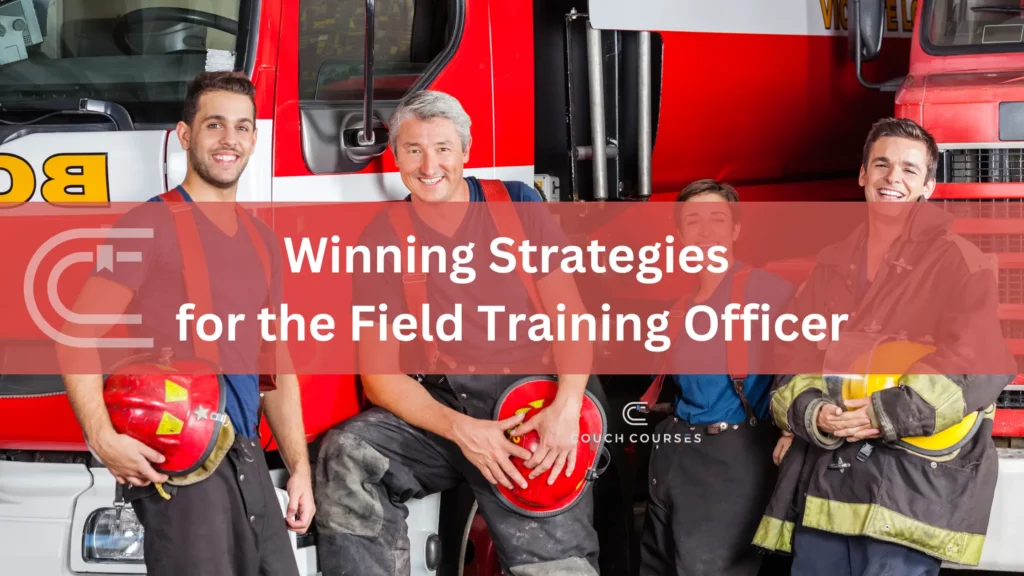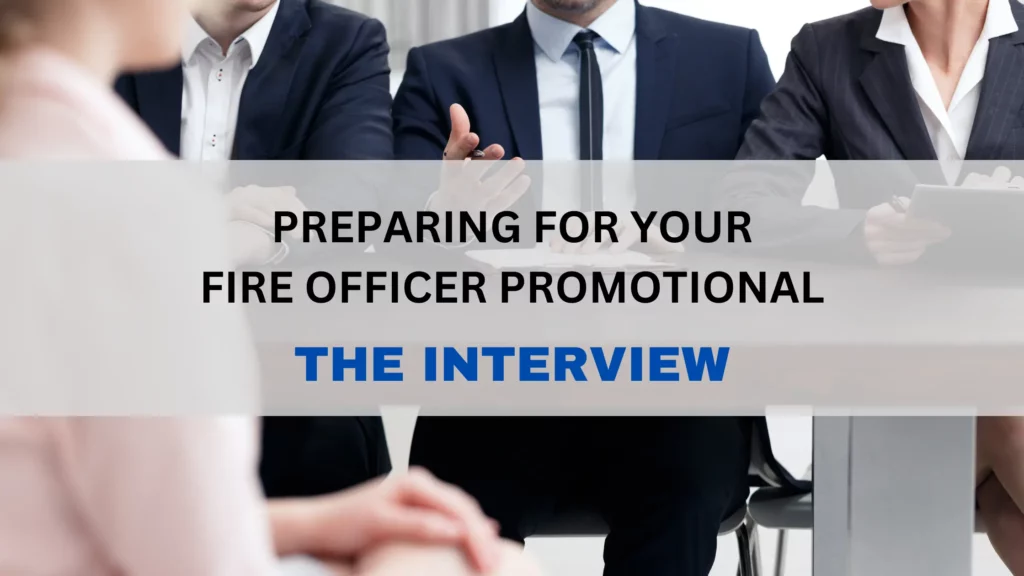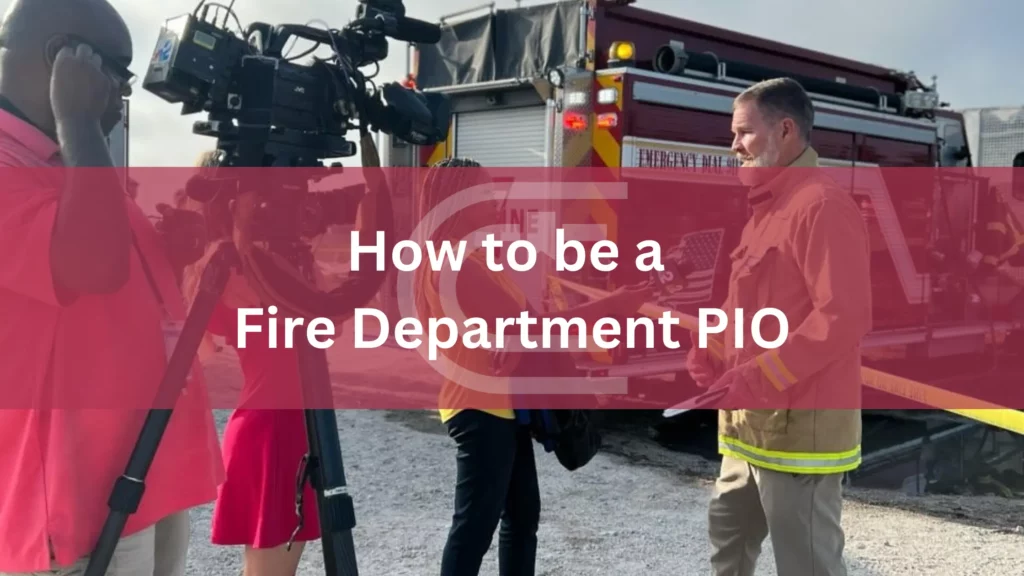Motor Vehicle Accident Response

Responding to a motor vehicle accident is practically a daily occurrence in the fire service. Most accident scenes have similar situations but can be very different and hence, there are no ironclad textbook procedures on EXACTLY how your crew should approach.
However, we can develop guidelines to assist in our decision making. The following information can be used to help formulate a situation-dependent approach that is safe, swift, and effective.
Be Prepared To Perform
Very simple idea here. Check your apparatus to make sure it’s operational, know the location and ability of your equipment, and be capable of performing on scene with the skills necessary utilizing the equipment you have.
It’s telling when you arrive on scene and are searching for a piece of equipment in multiple compartments because you didn’t know where it was placed last.
However, there is nothing more devastating to a patient outcome than personnel arriving on scene and discovering they don’t have a certain piece of equipment anywhere on the apparatus.
Just some of the equipment that we use on MVAs: pneumatic airbags, hydraulic equipment, cribbing, window punch, glass cutter, stabilizing struts, suppression equipment, and absorbents.
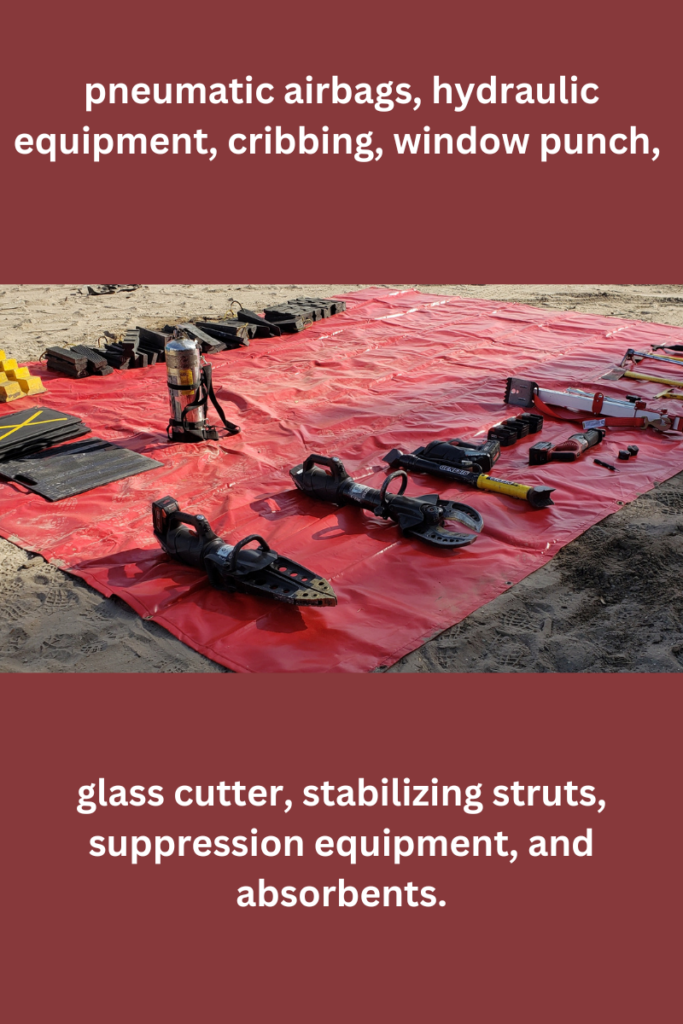
Prioritize Scene Safety Before You Even Leave Your Station
All calls, regardless of call type, begin with scene safety. Scene safety begins the moment your station tones drop. Further, the scene is considered wherever you are: at the station, in the apparatus, on the incident scene.
Personal Protective Equipment
You should have a firm understanding of what your department requires you to wear when responding to a motor vehicle accident.
Is a full set of bunker gear with a helmet required or are you given the option to only wear bunker pants, ANSI rated traffic vest and helmet? Or perhaps you are authorized to wear brush gear with a helmet?
Your department may allow for some situational discretion regarding your PPE, or there may be a hard and fast SOP in place. The bottom line is that we need to be protected while completing the task at hand and that means following department regulations regarding the required minimum level of gear.
Personnel also need to have easy access to gloves (both latex exam and extrication) as well as eye protection.
A final note on personal protective equipment – if you decide not to wear your required protective gear or not to use the ancillary protective equipment that is available to you, you are not only taking a chance with your own health and safety, but if you do end up injured on the job, Workers’ Compensation may not cover you.
Therefore, the first step to ensuring a safe scene should be second nature: Know your PPE, know your department’s SOP regarding PPE use at MVA scenes, wear and always utilize your required PPE… and then do not give this step another thought.
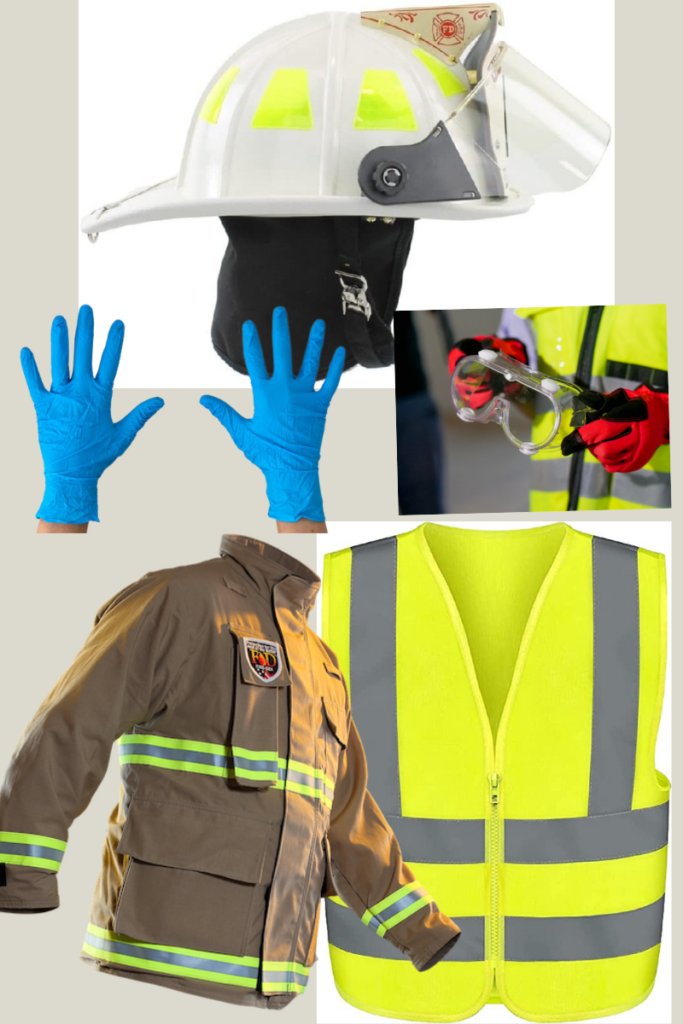
Location, Location, Location
This aphorism isn’t just for real estate agents. In the fire service, it helps to know the geographic area that you cover to the best of your ability.
Is the call location part of a residential neighborhood or is it on an isolated stretch of county road? Perhaps the call is located on a main highway or thoroughfare?
Understanding the road type and location also allows you to consider the normal posted speed of traffic, types of vehicles utilizing the roadway, and potential secondary factors that could be involved in ensuring a safe scene.
Other Safety Variables
Other variables that play into response and scene safety include the time of day/year, topography, and weather.
Time of Day/Year
Distinguishing the difference between normal traffic hours and busy traffic hours can help determine the route you may take or the safety on scene considerations.
Rush hour traffic, either in the morning, at lunchtime, or in the evening can complicate what would be the typical route to a call. This may help you decide to go an alternate route to make it to the scene faster and safer.
Nighttime traffic is another time that wearing highly visible PPE is necessary and warranted. Where situational awareness is paramount. Where lighting the scene and keeping your emergency lights operating is crucial for the safety factor.
Even seasonal traffic, which we experience between the months of November and April in South Florida, can be an issue. Traffic during “high season” basically doubles and throws the fire service an extra curveball when considering the path to and from a scene, along with safety on that scene.
Topography
Knowing the features of the area where the vehicle accident occurred may dictate the safety actions necessary.
What type of road is it? Is it paved, gravel, grass, or dirt? The type of road may determine some of your strategy.
Is there clear access on that specific road? For example, what do you do if it is a one lane bridge where the accident happened? Having a strategy before you arrive is really helpful in this situation.
Are there hills to deal with, such as on an incline or decline? Where and how you position your apparatus may be determined by the slope of the scene.
Being cognizant of all the possible topographies is important when making response considerations and needs.
Weather
The elements can change your response to a scene, and the scene itself quickly. Just think about these normal weather conditions: rain, snow, or fog.
Rain in itself can cause unsafe conditions. Now consider the amount of rain. Heavy amounts of rain over time can washout normally safe roads. This may change the direction you intend to respond from.
Heavy fog may change your response speed. When line of sight is diminished it’s time to slow down and respond in a safe manner. Heavy fog may contribute to expanding motor vehicle accident scenes.
Snow and ice affect your vision and and performance of apparatus. Slippery conditions can cause more complications, so reduce speed accordingly and be prepared for complications.
Safety on these dynamic scenes is important when any of these weather conditions exist. This is where your high visibility PPE comes in handy and appropriate defensive positioning of the apparatus is necessary.
Clues from Dispatch

Consider all the information reported to you by dispatch.
How many vehicles have been reported to be involved? A one to two car MVA is for the most part routine, but adding a third or fourth vehicle presents a different scenario.
What types of vehicles are involved? This will determine if you need a higher trained response team. The larger the vehicles the more assistance you may need.
Are there any hazards on scene? You name it, it could be an issue. Hazardous materials, fluids, fire, electricity, just about anything that can change your response.
Furthermore, how did dispatch receive their information? Was it a single caller who believes there may have been an accident, but only saw a disabled vehicle on the shoulder of the road? Or has dispatch received multiple calls for the incident?
All these clues should help you decide if you need to request additional resources. It’s always better to get additional help rolling early than be behind the eight ball. You can always cancel resources once you arrive on scene if they aren’t needed; but if they are needed, many hands make light work!
Wheels Rolling!
Finally, it’s time to roll! All the above steps should be completed between the time your station tones drop to the time you climb into the apparatus cab to physically respond.
Initiating your emergency lights and sirens are required and now is the time to do it!
While en-route to the scene, you may receive additional information from dispatch. This is the time to make any necessary adjustments to your response based on the provided information.
Arriving On Scene
Once on-scene you will almost definitely be faced with pieces of information that were previously undisclosed. Adjusting your approach may be necessary. Additional requests for assistance should be done upon identification of the need.
Scene work will be discussed in another article.
Takeaways
First responders need to be prepared to respond safely and perform effectively on motor vehicle accidents. Accidents responding to accidents are more preventable this way. Know your SOPs and be ready to make initial critical decisions quickly.
If your department lacks an SOP for MVAs, conduct research and write your own using this SOP creation guide.
Equipment training, tabletop exercises, and discussions at the station on these topics will assist first responders in effective decision making on responding to MVAs. While this can be more challenging the earlier you are in your career, it does get easier as more experience is gained.
Resources
Here are some resources to assist you in learning more about scene safety and incident safety:

